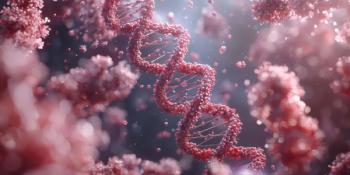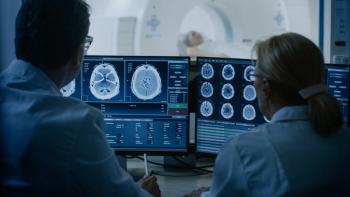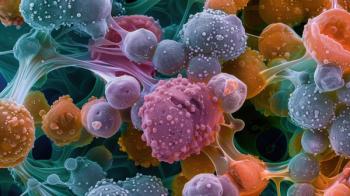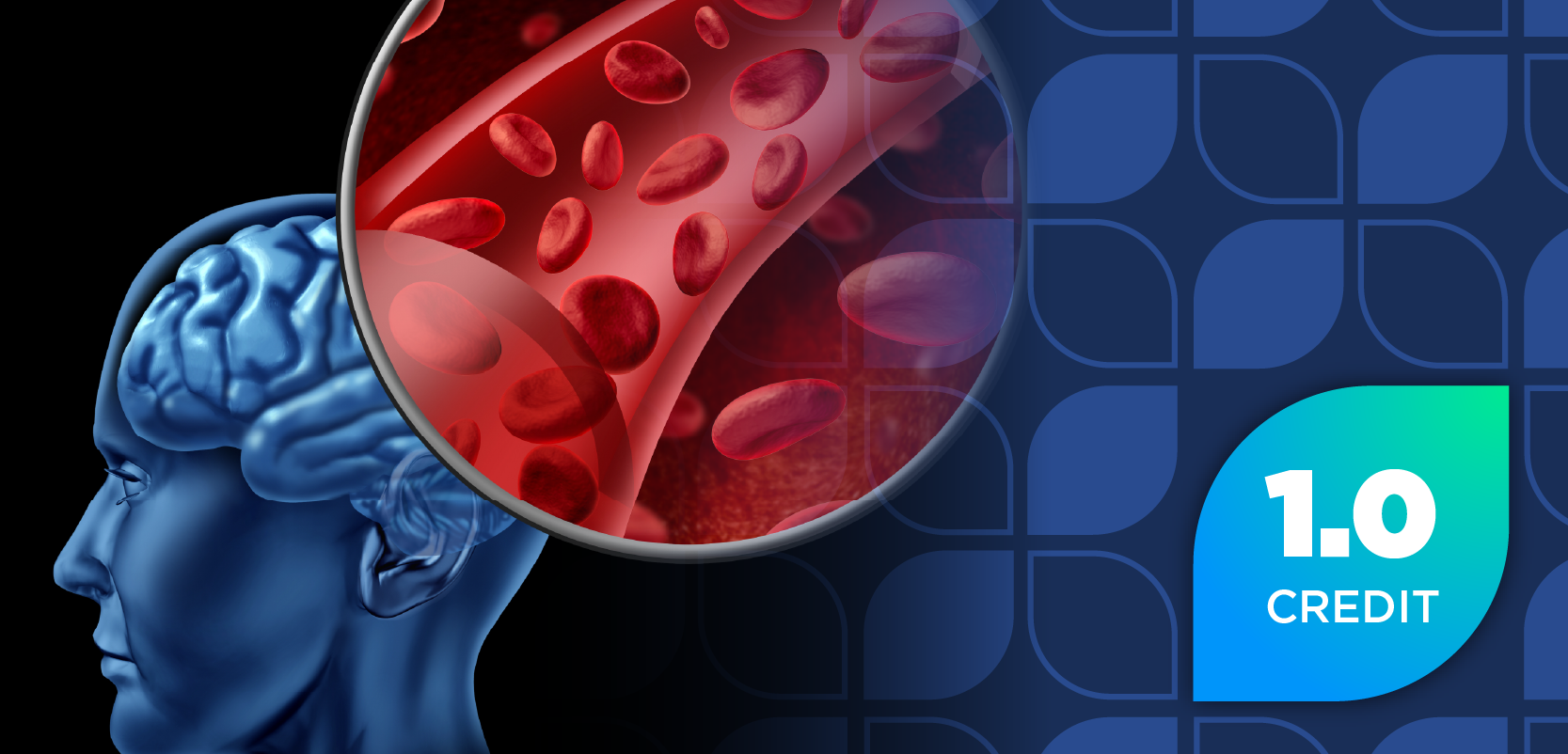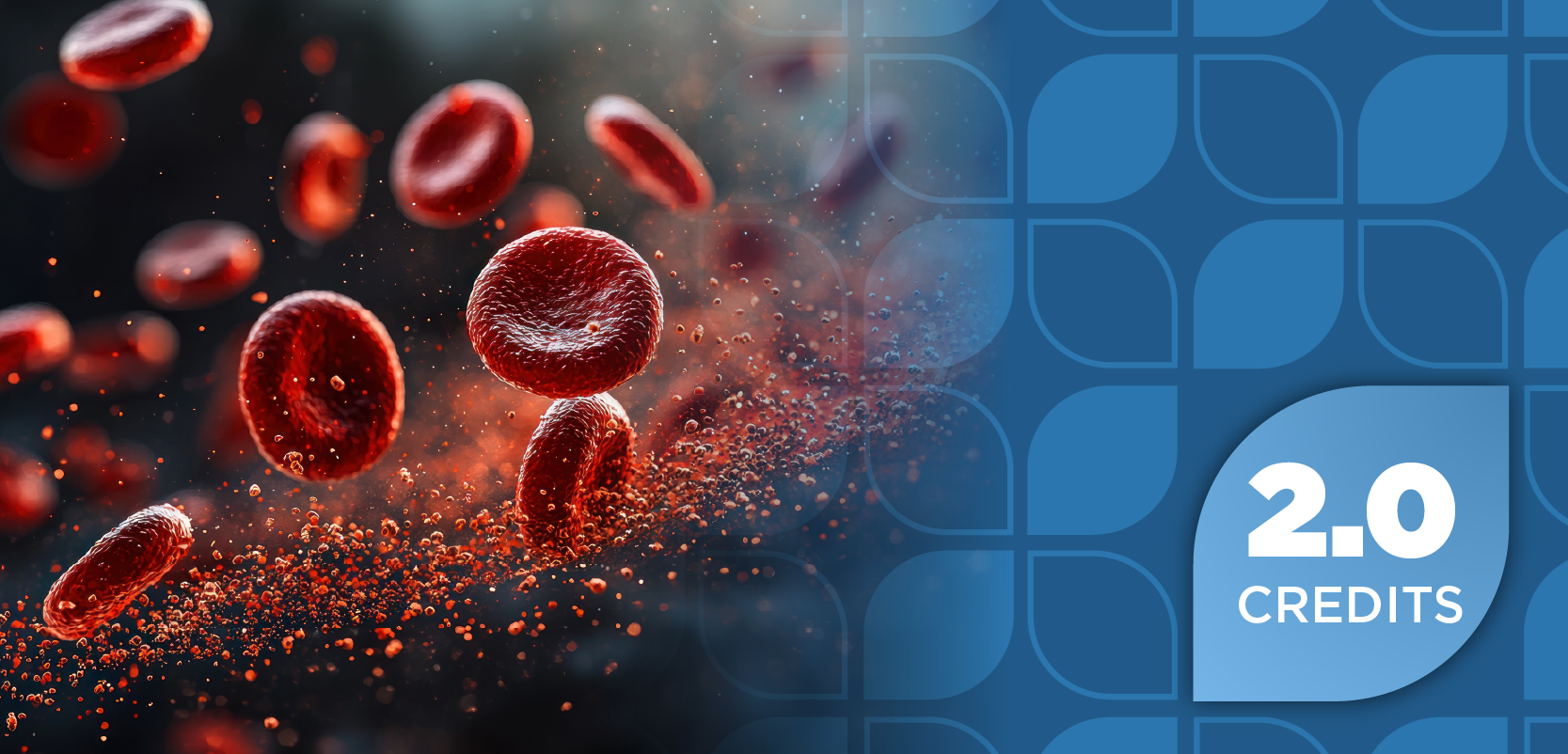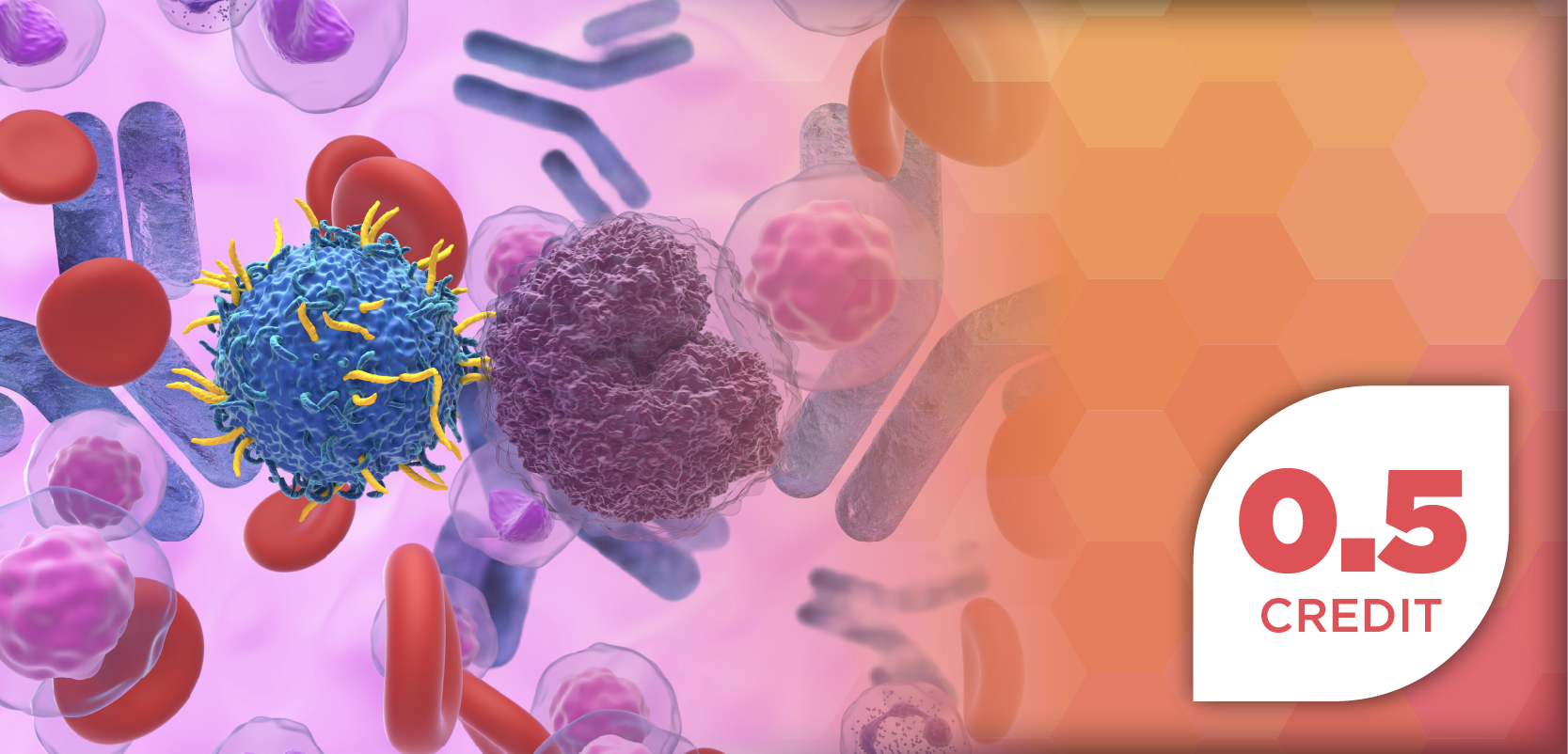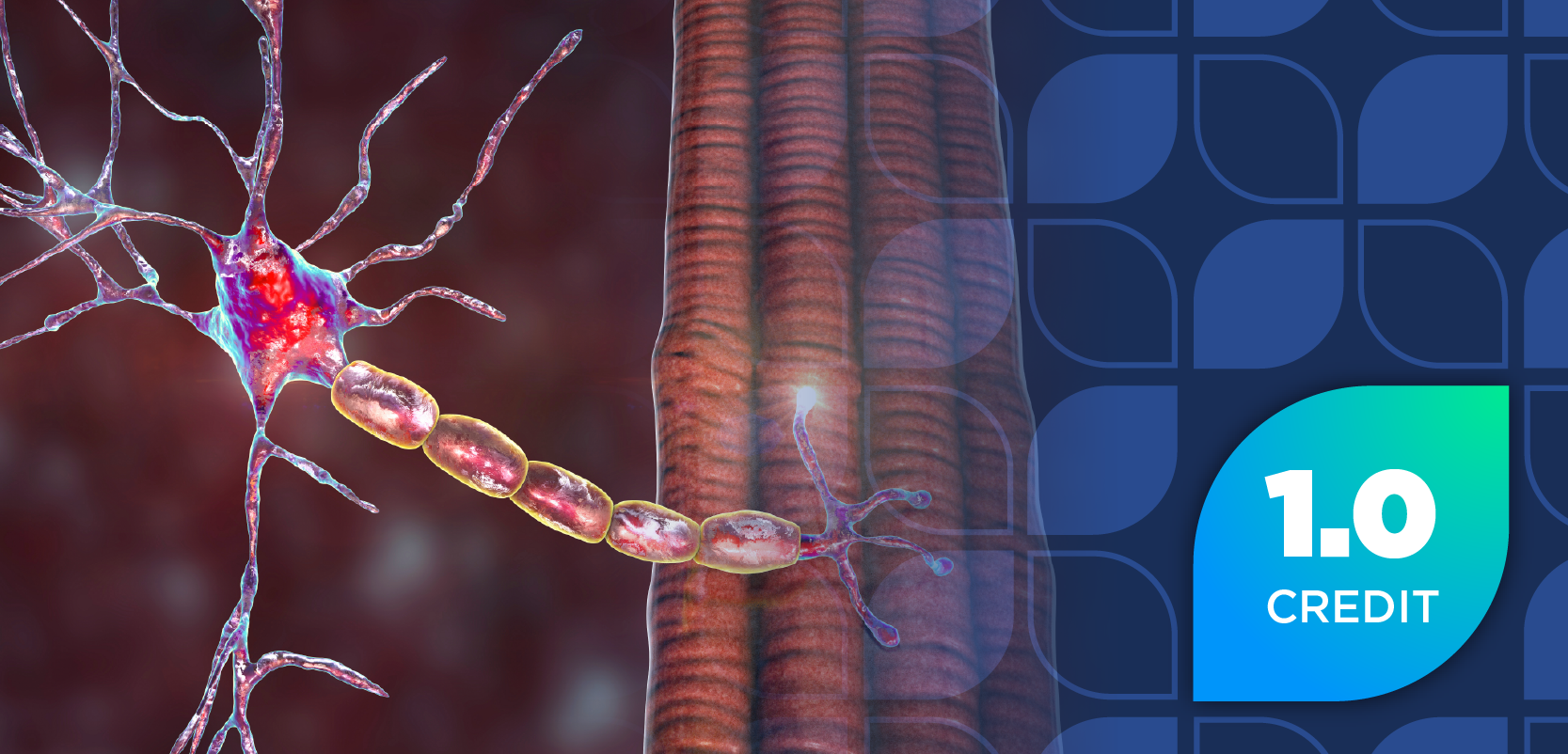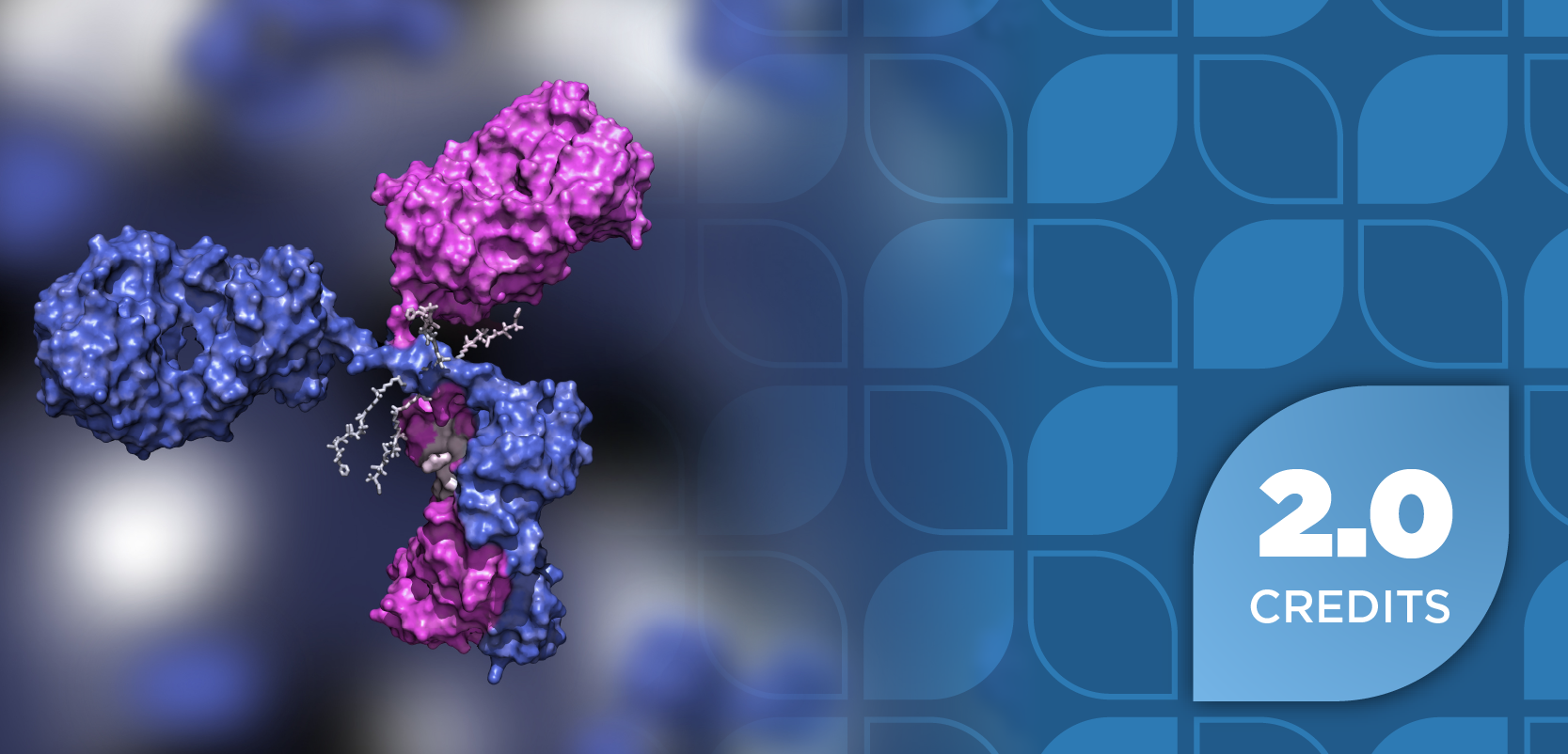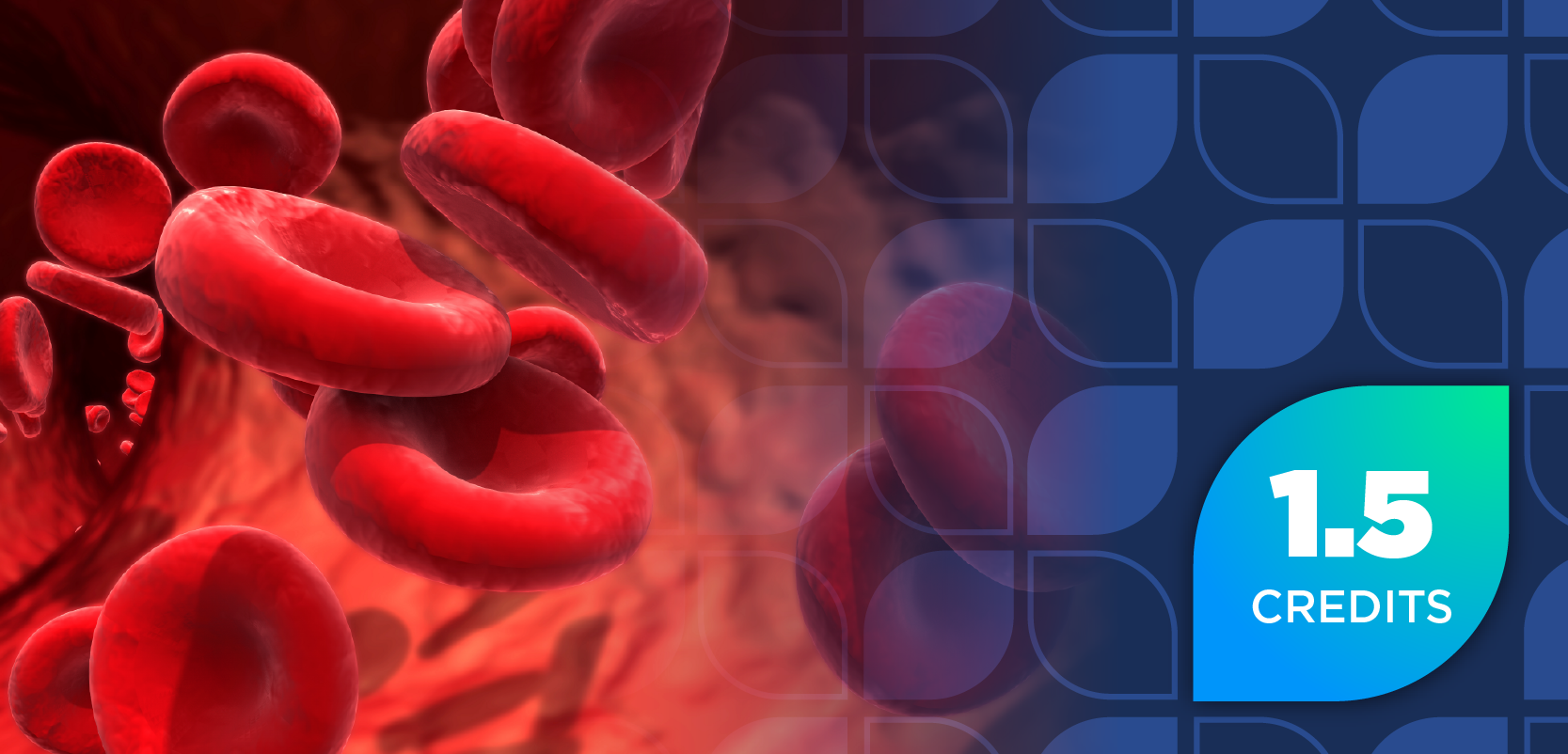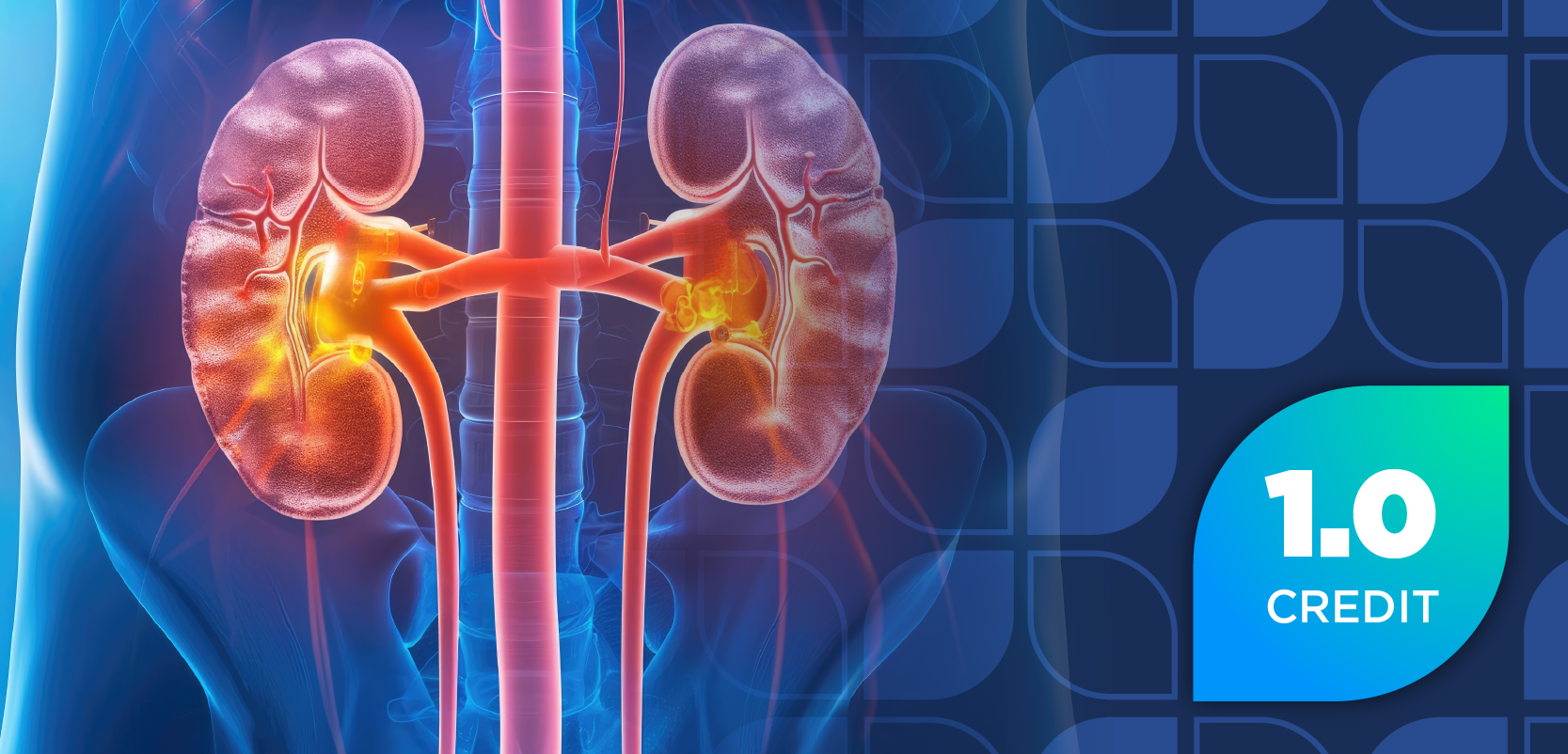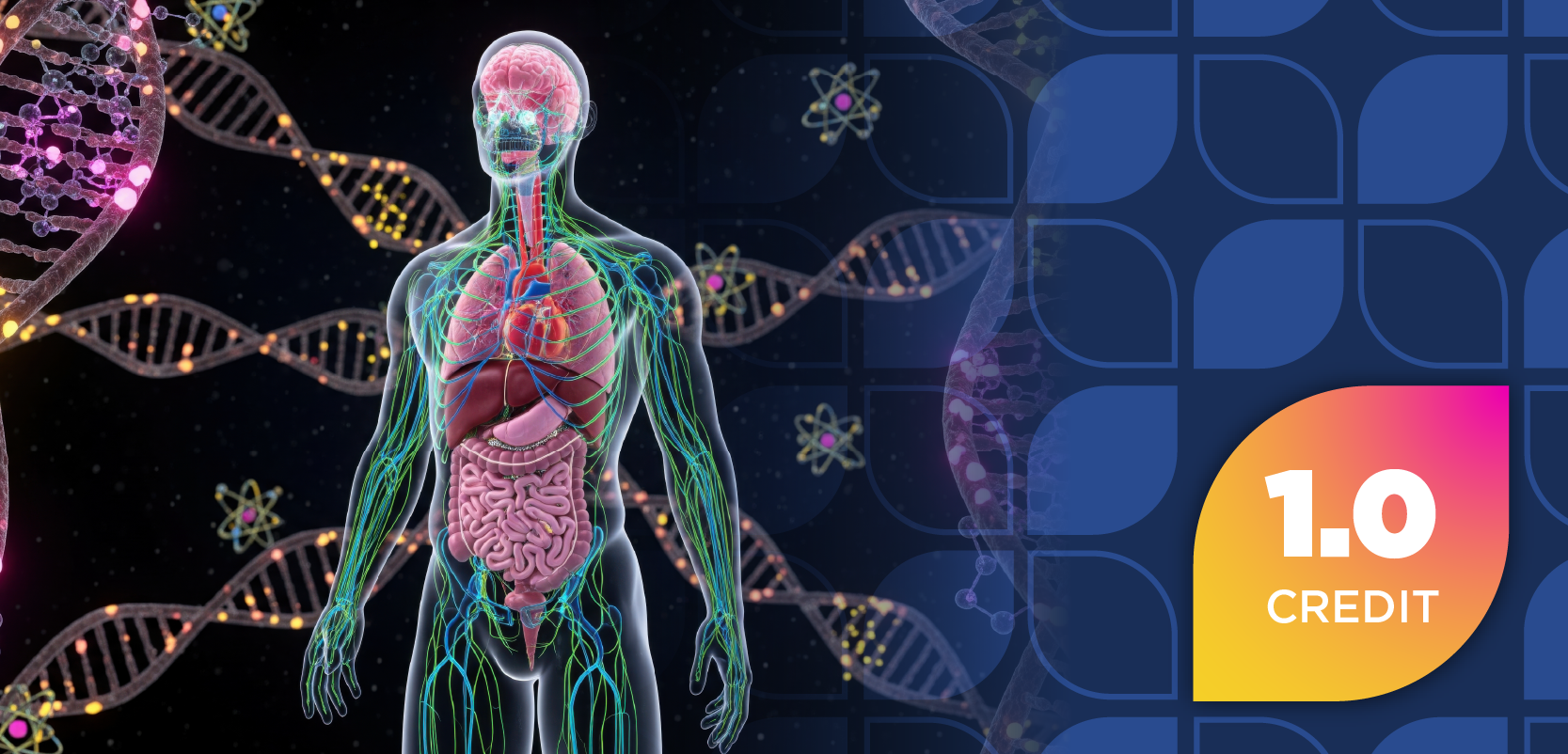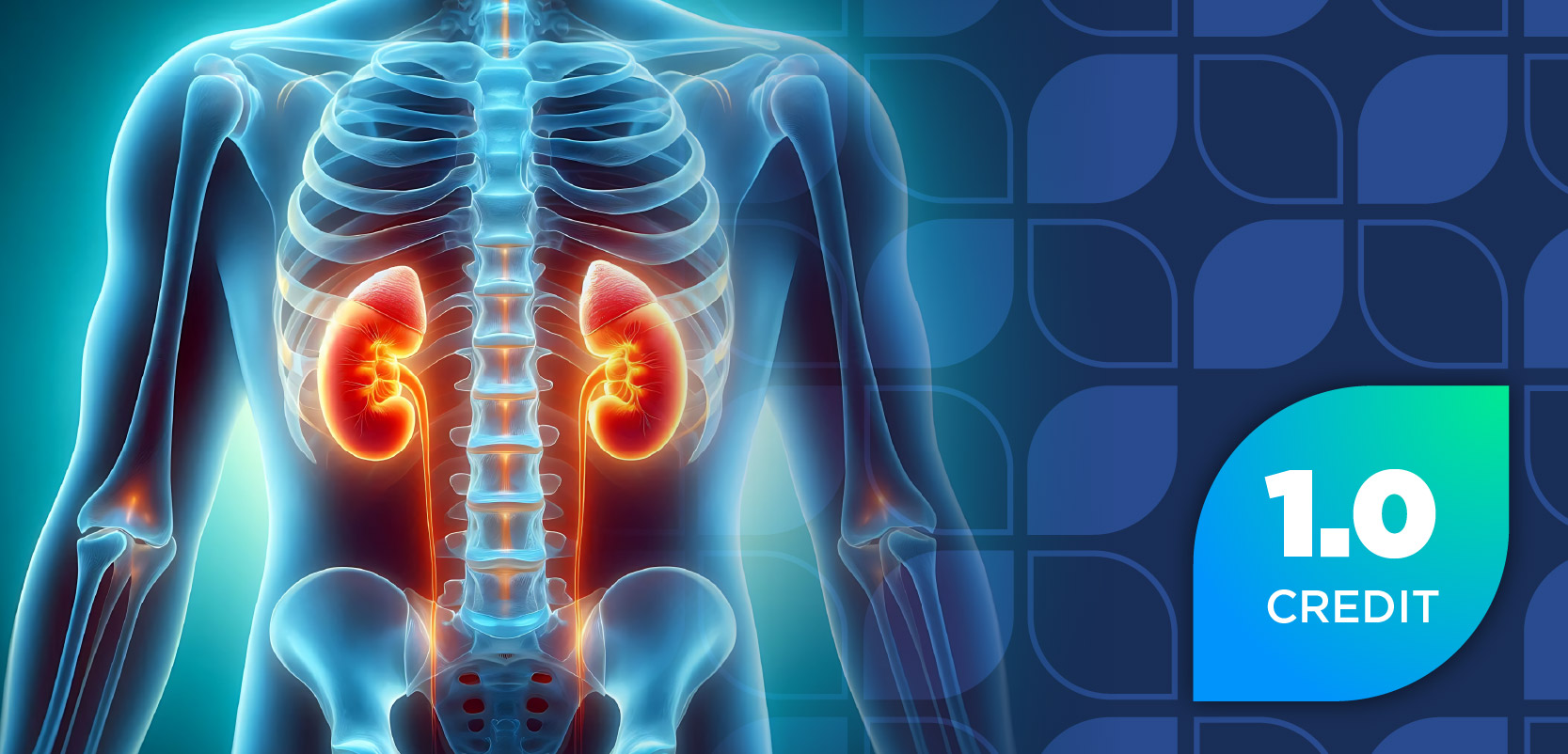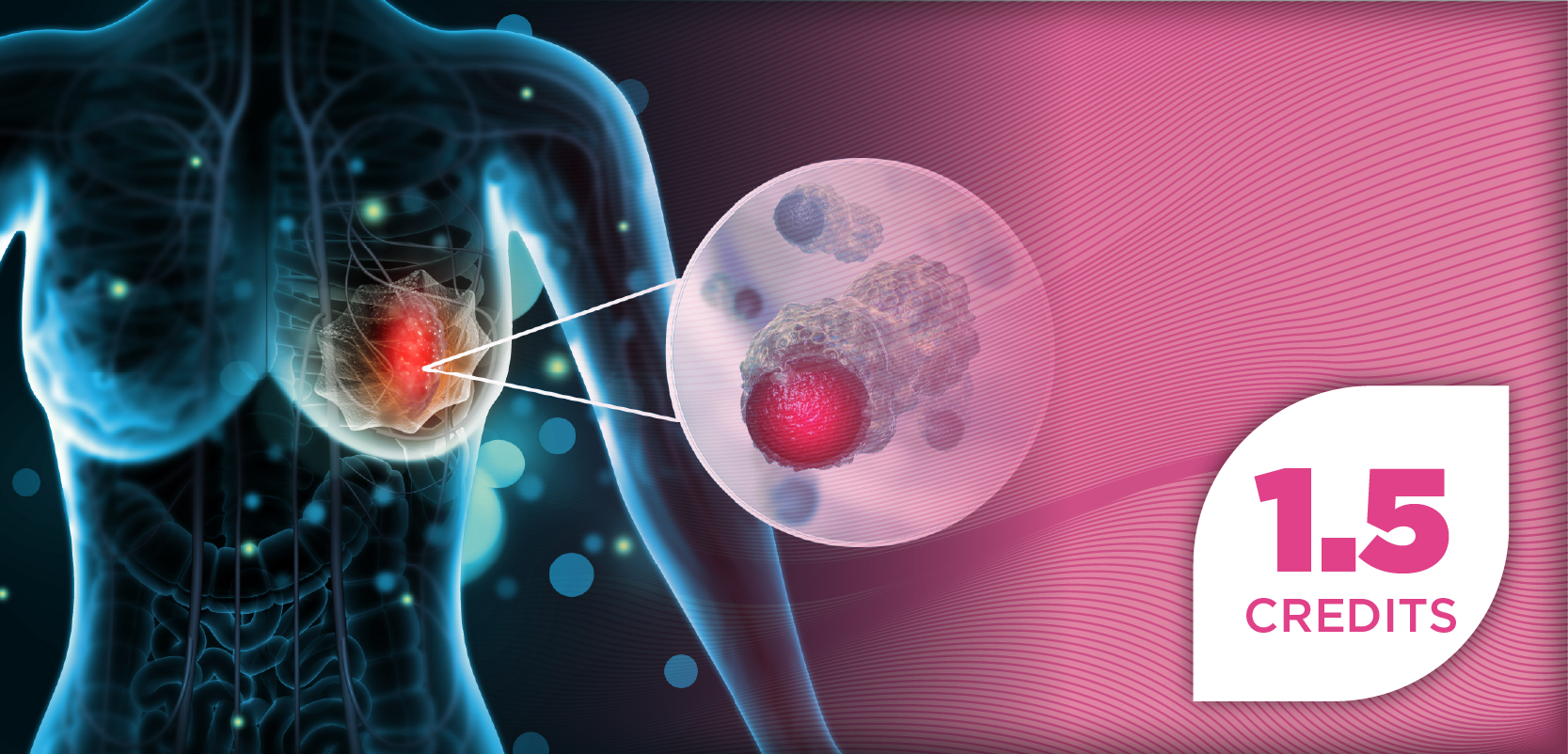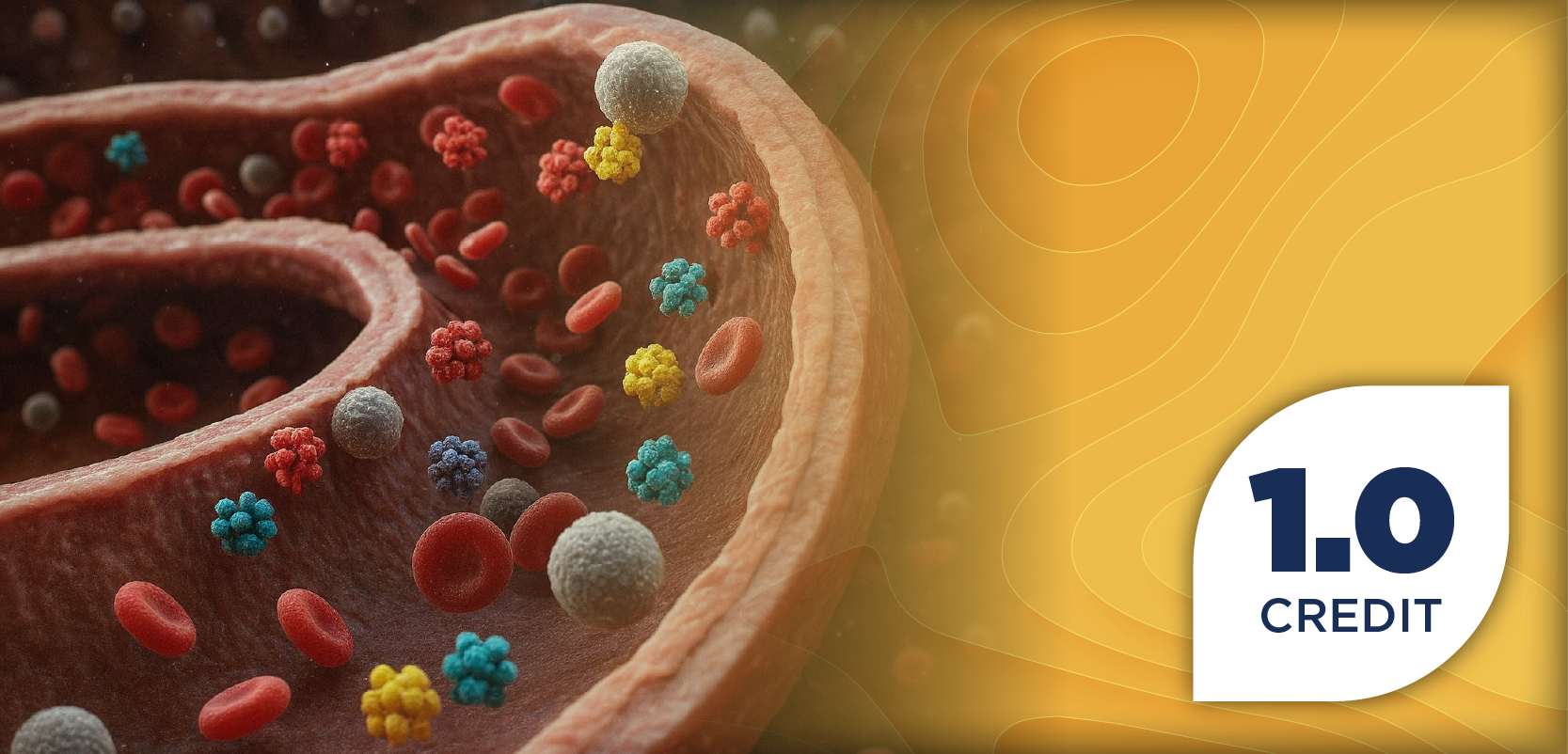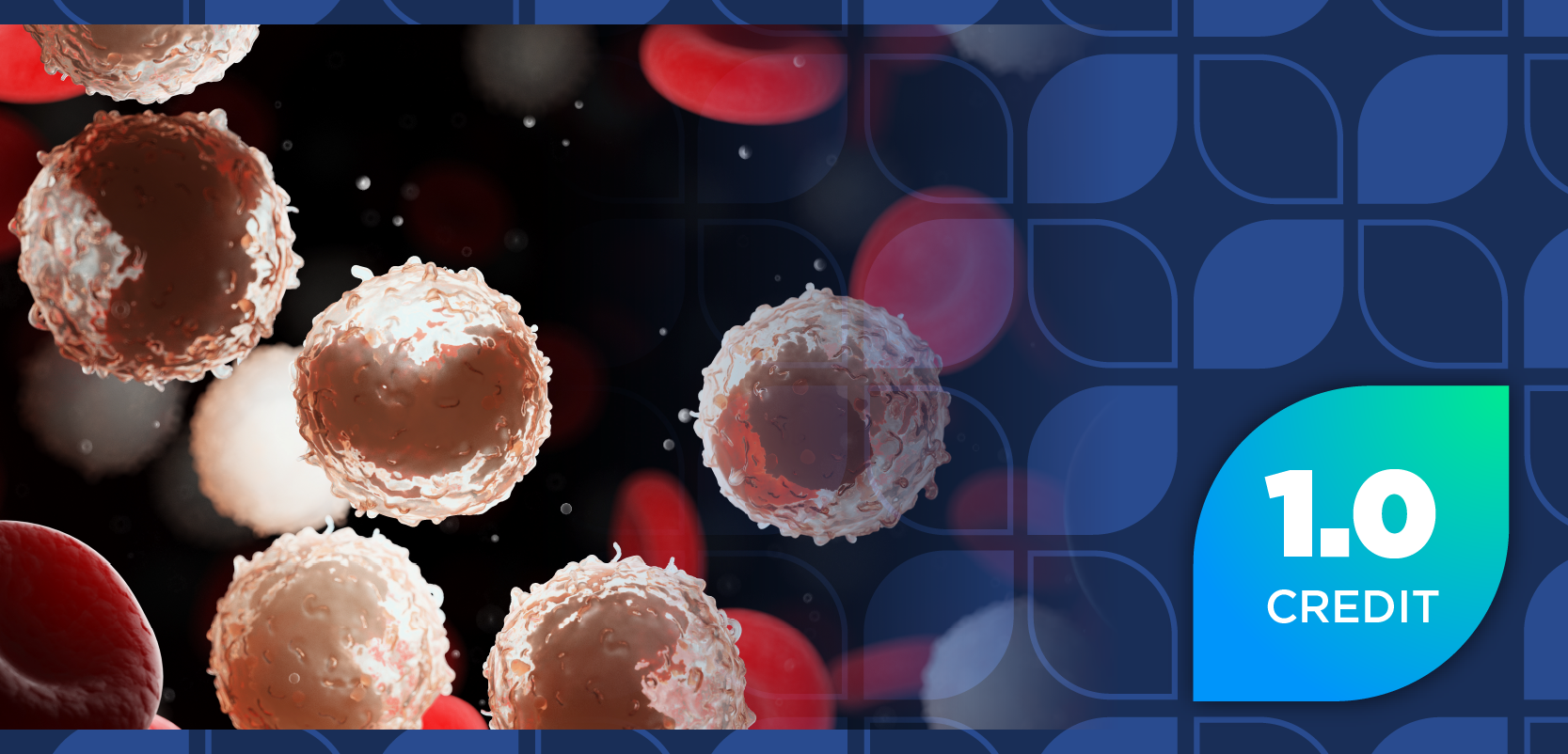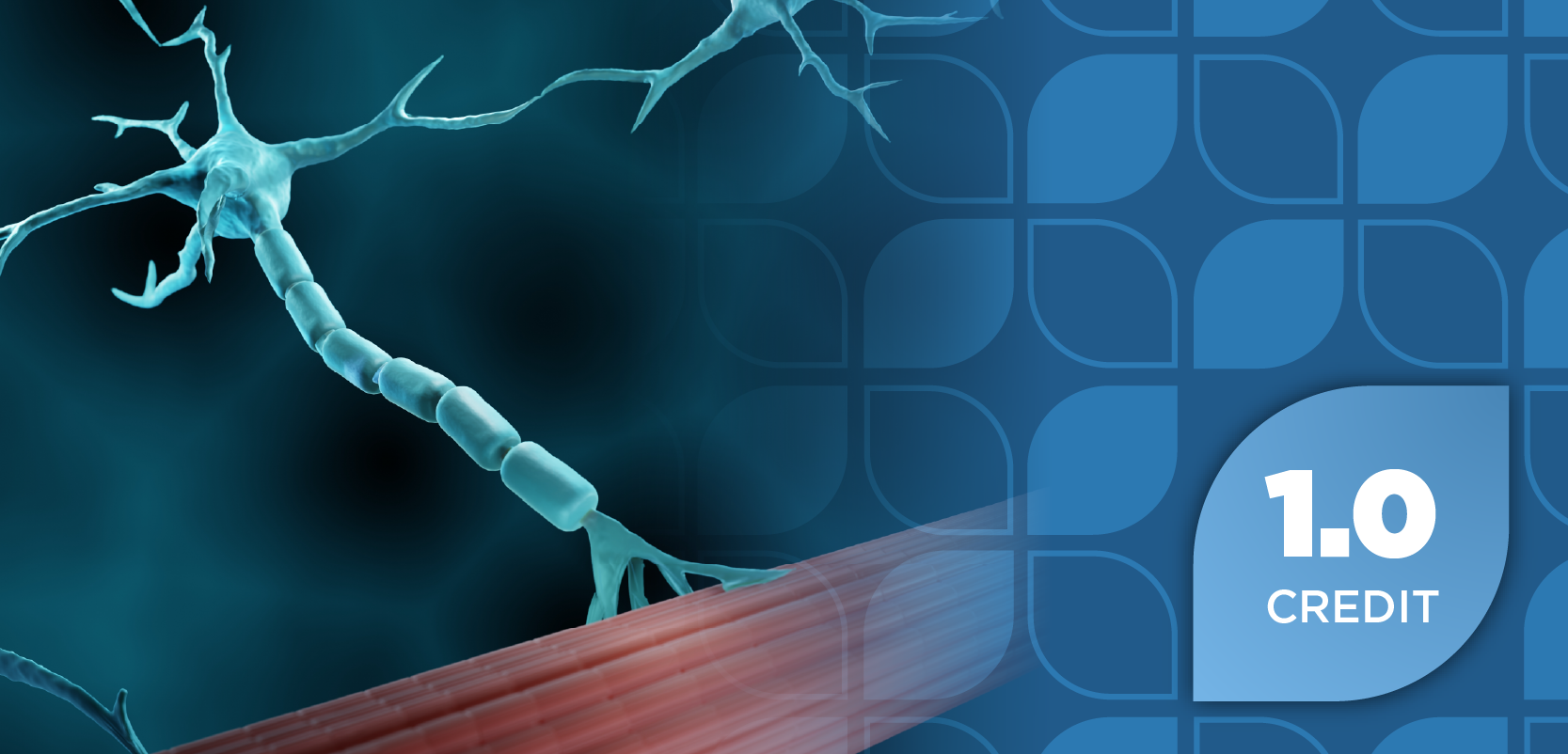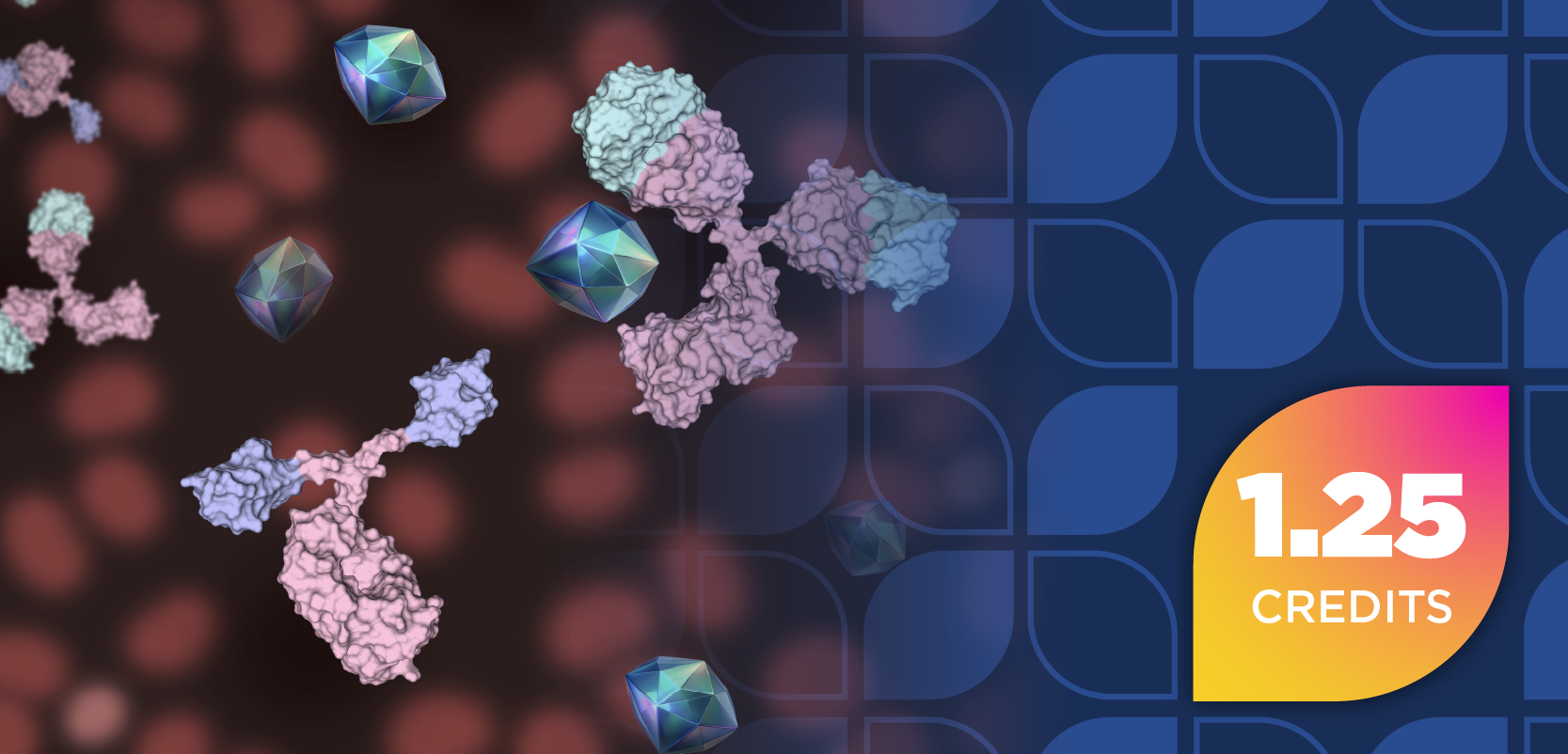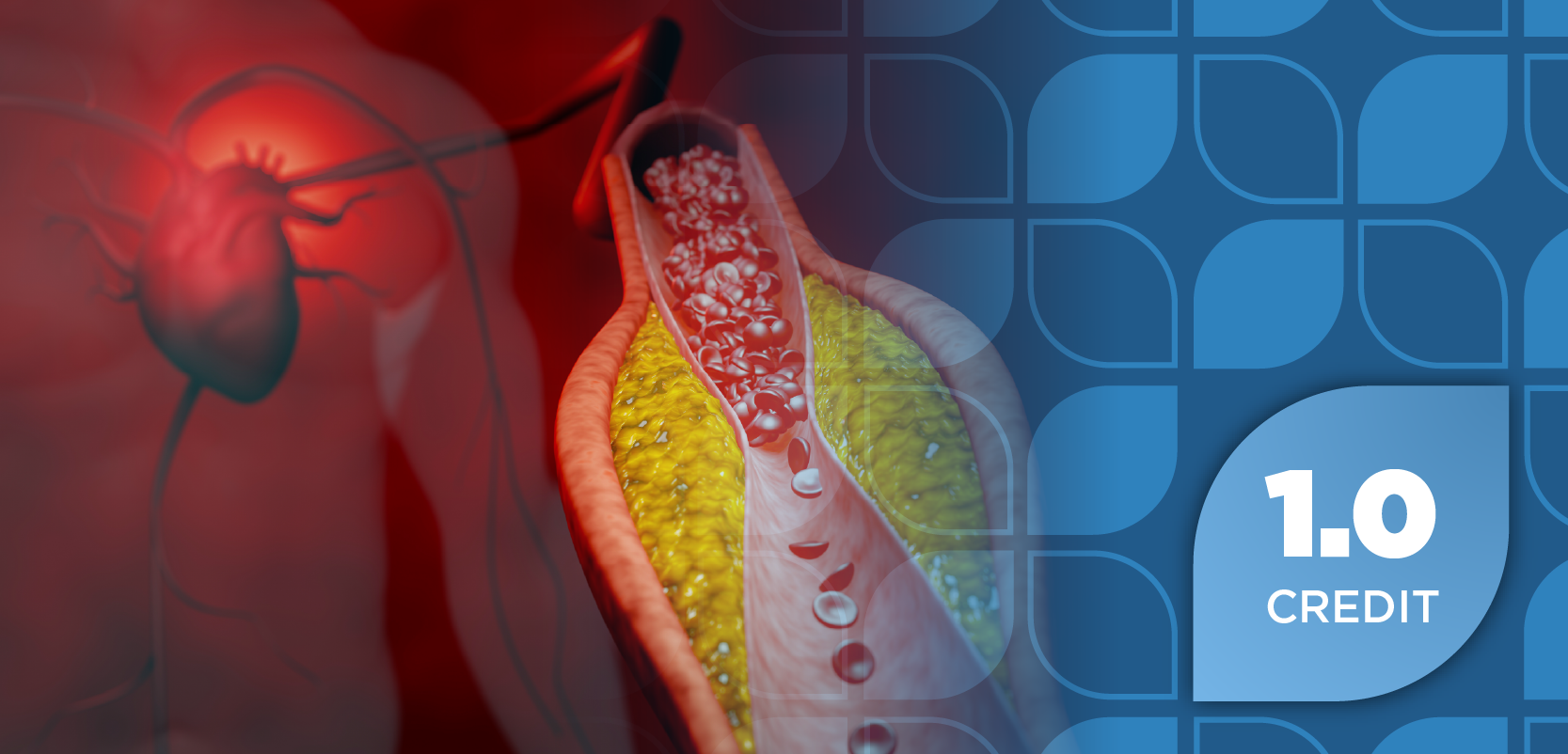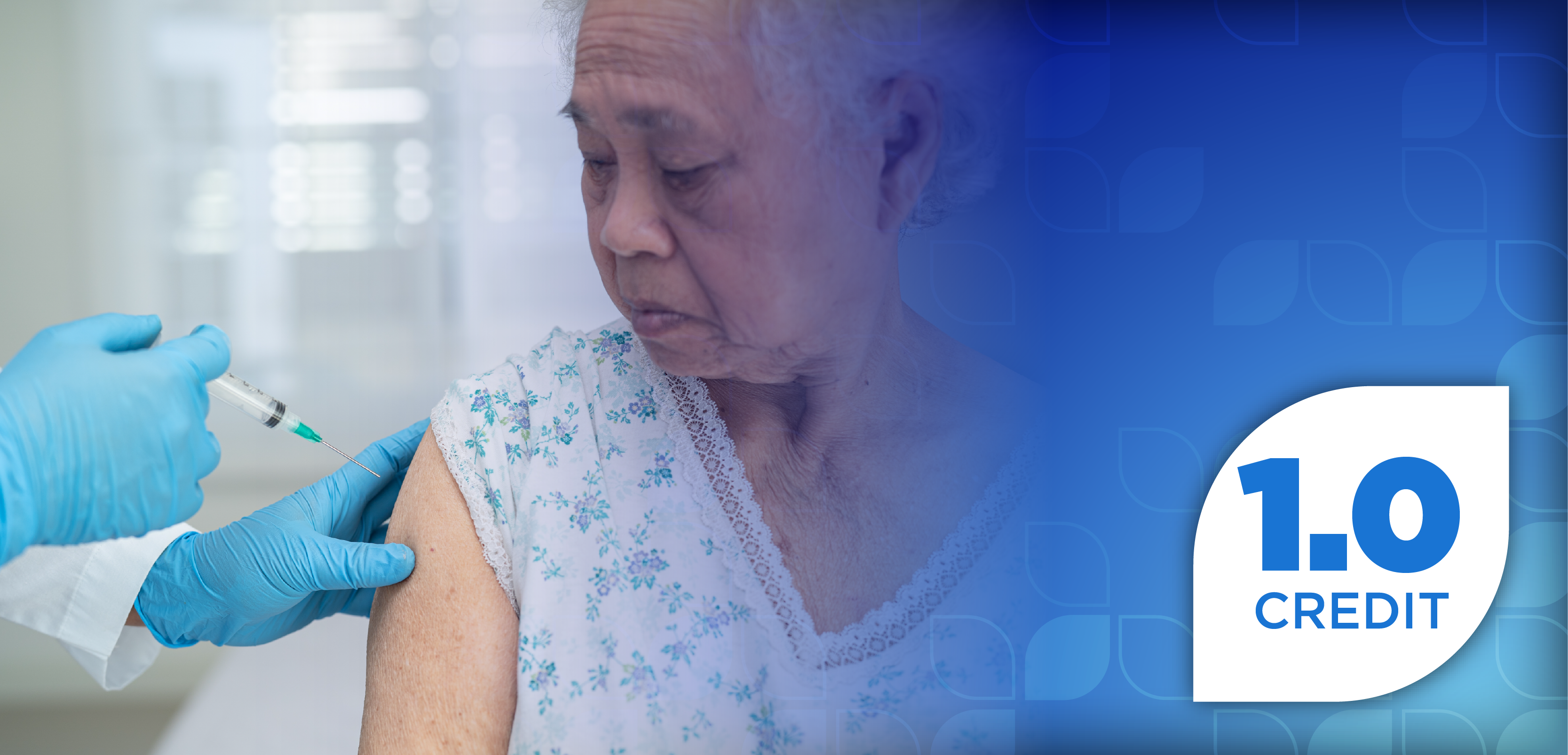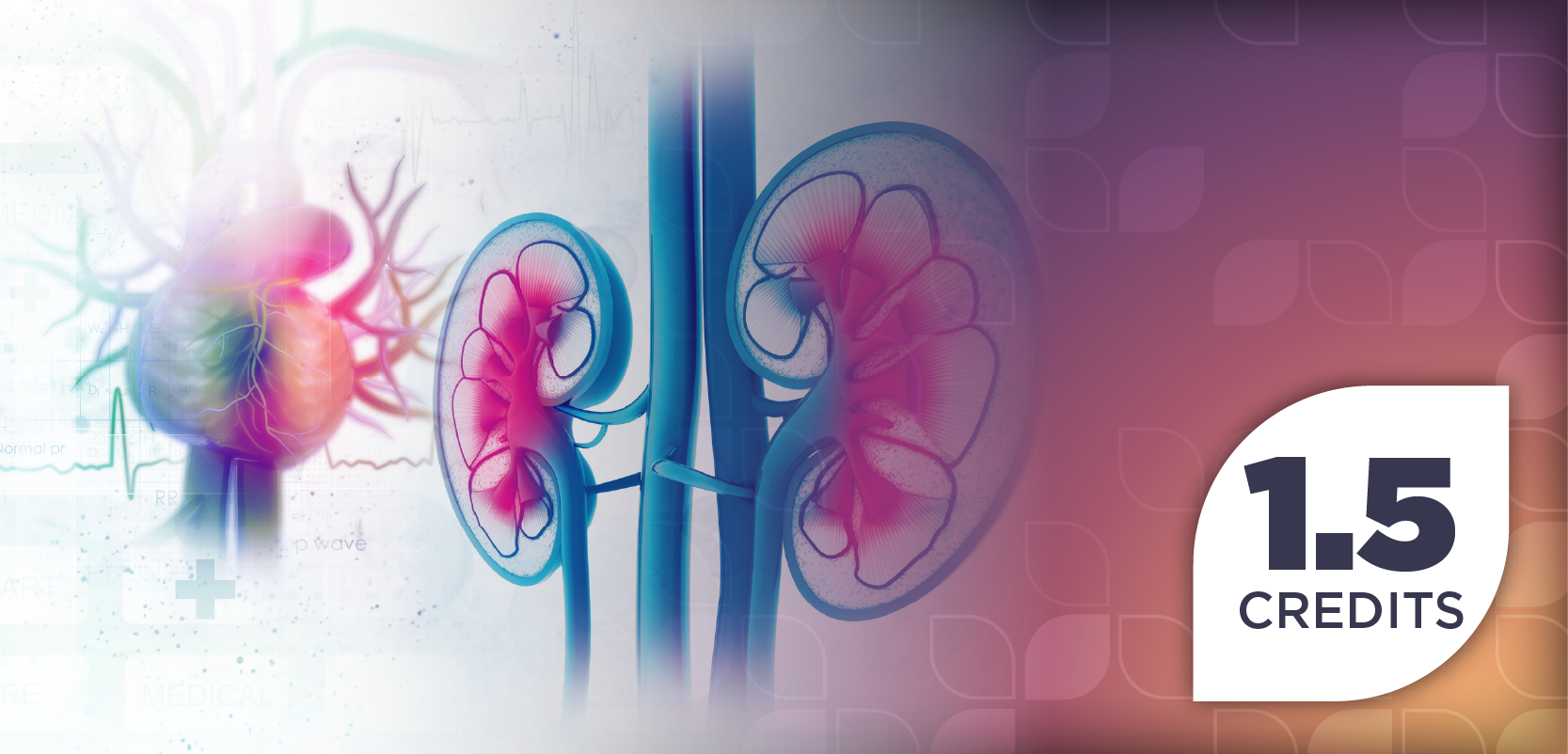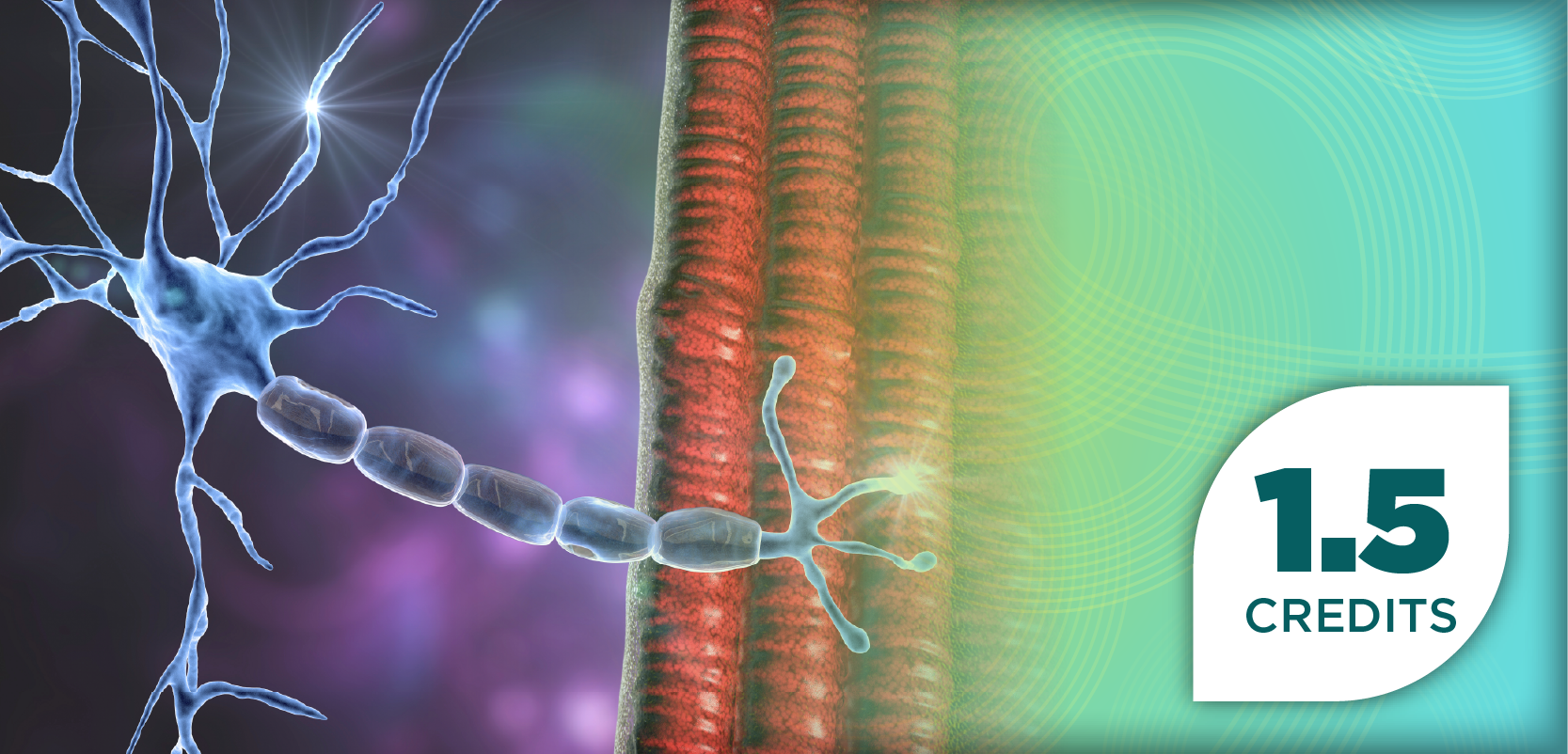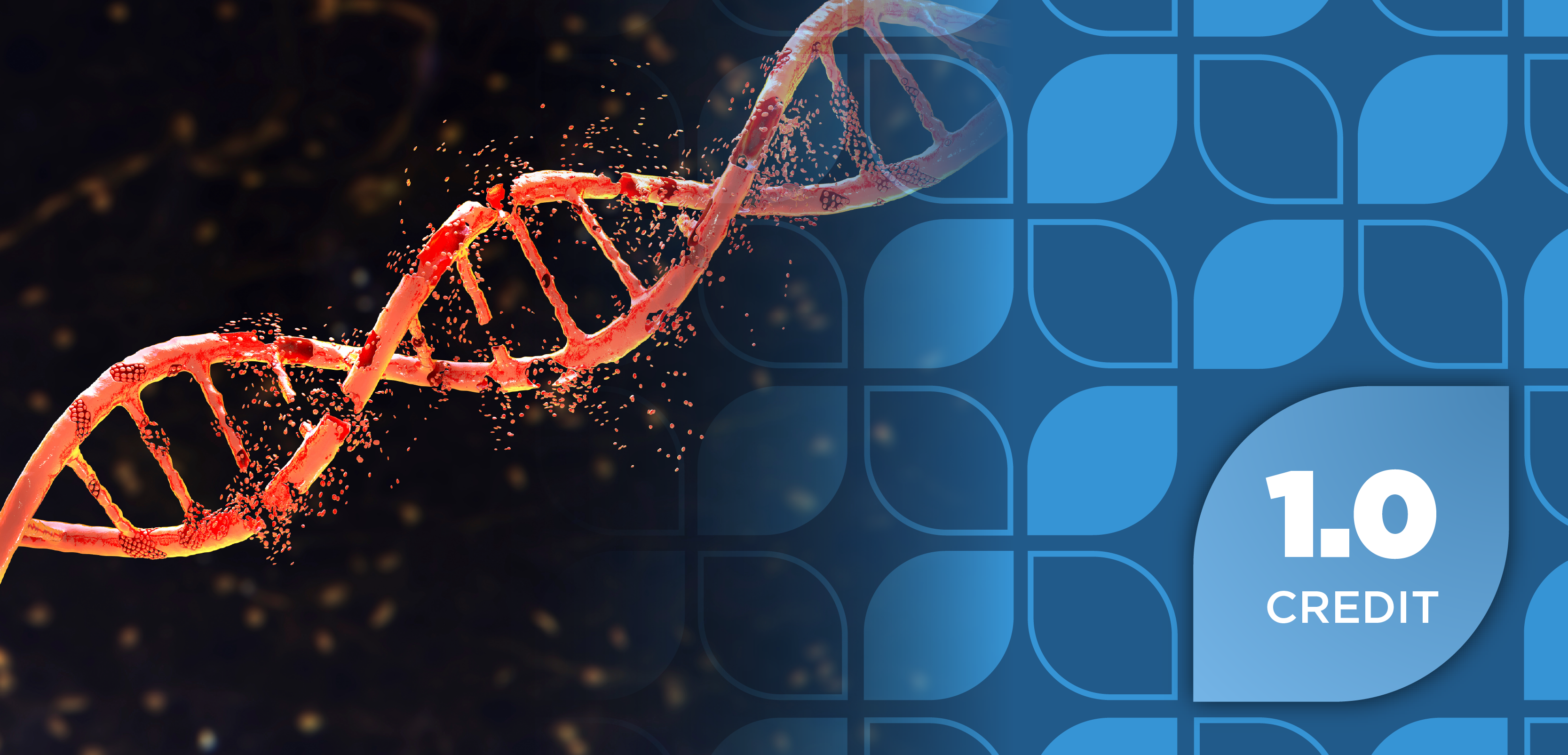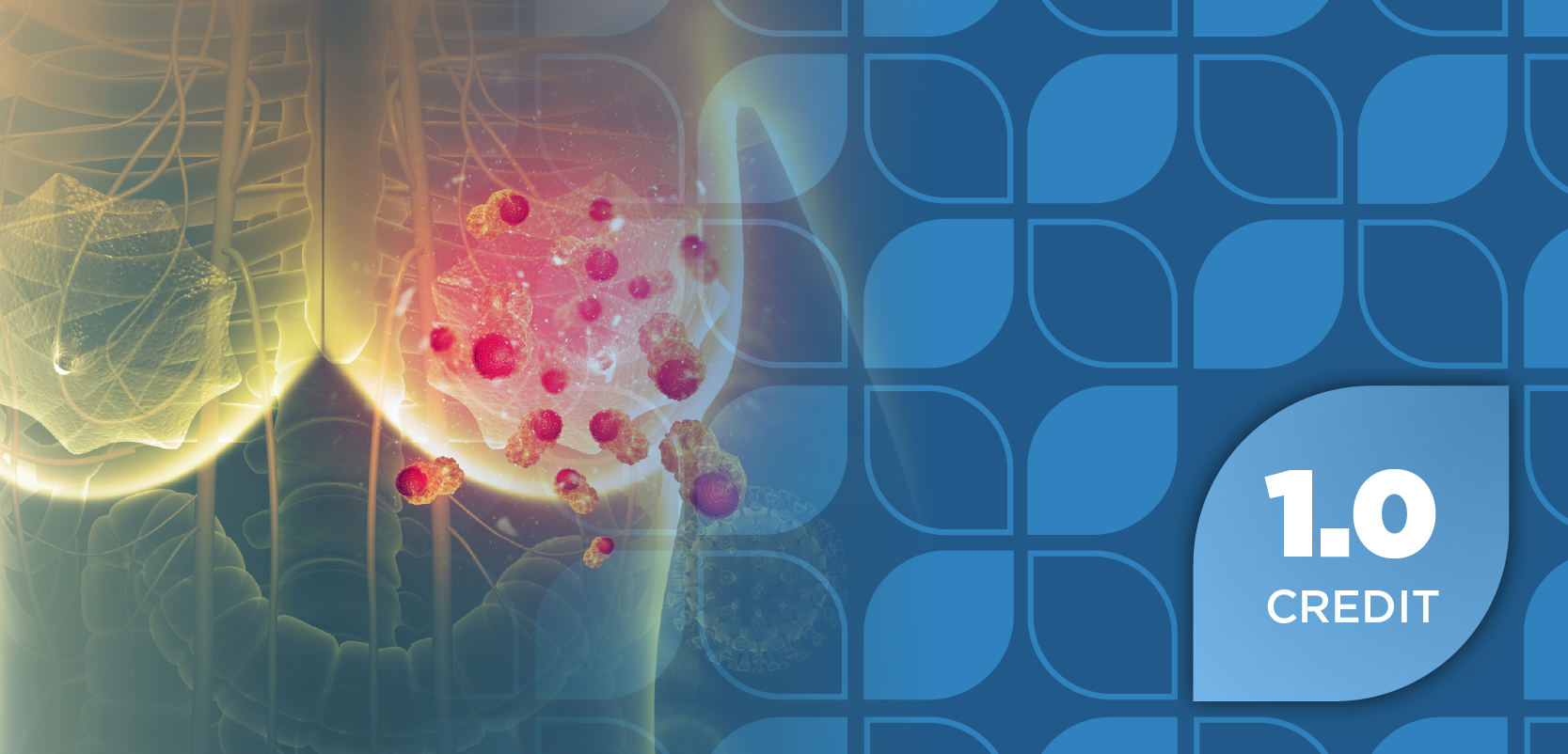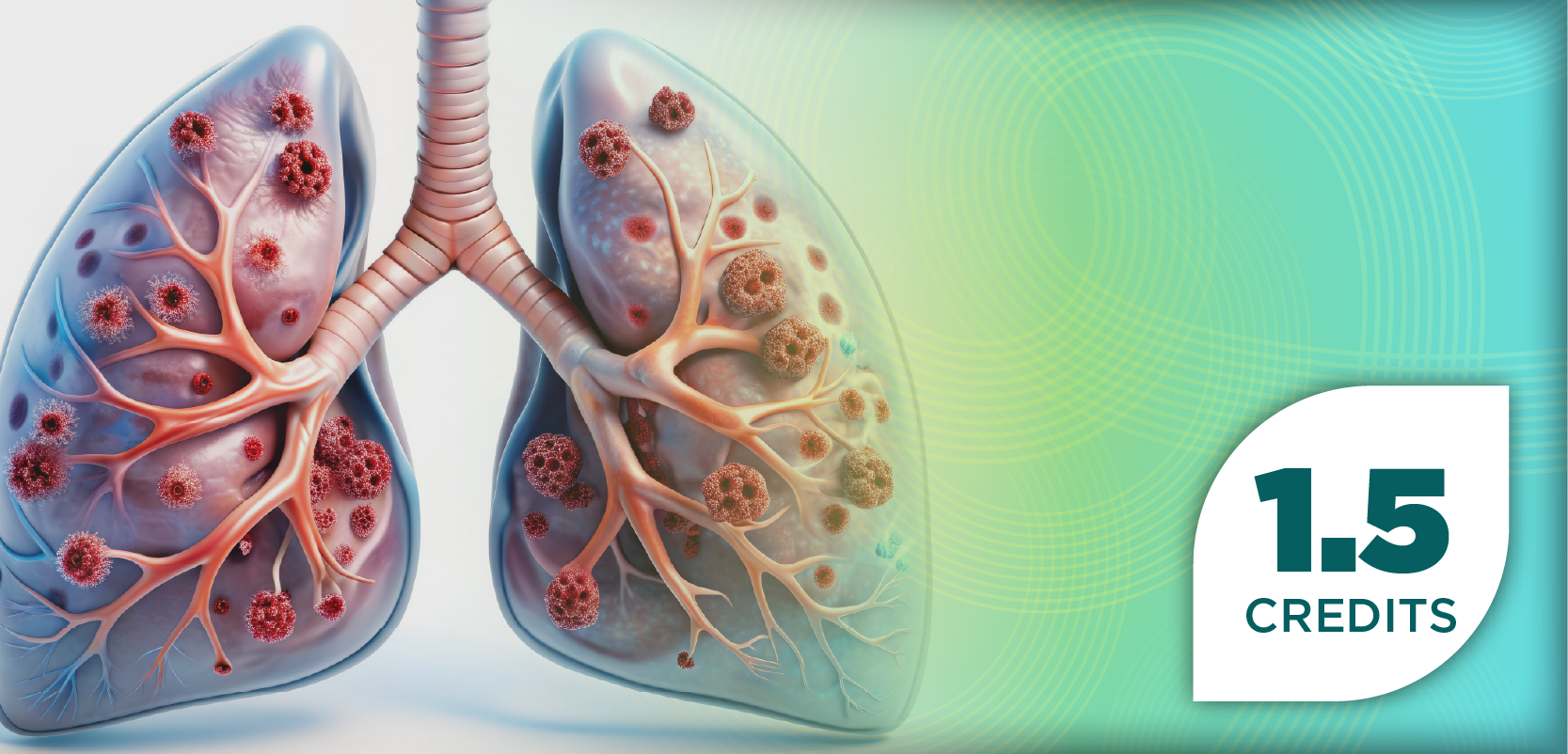
Unveiling the Dark Genome: Targeting Stress-Activated Base Editors to Halt Cancer Progression
Key Takeaways
- Base gene editing innovations can inadvertently activate endogenous immune response modifiers, leading to oncogenesis.
- APOBEC enzymes, activated by stress, induce mutations and contribute to cancer progression, especially in space environments.
Catriona Jamieson, MD, PhD, discusses the role of stress-activated base editors like ADAR1p150 and APOBEC enzymes in cancer progression and highlights innovative approaches to halt these processes and improve therapeutic outcomes.
The greatest concern when treating cancer and observing positive outcomes of treatment is that the disease will return, explained Catriona Jamieson, MD, PhD, chief of the Division of Regenerative Medicine at University of California San Diego (UCSD) Health Moores Cancer Center and director of the UCSD California Institute for Regenerative Medicine Alpha Stem Cell Clinic. During a session at the Precision Medicine World Conference (PMWC) 2025 in Santa Clara, Jamieson explained that with remarkable strides in scientific advancement in oncology, there remains a dark side to emerging innovations, specifically related to base gene editing and the intrinsic processes within the genome that can drive cancer development.
“We know you can edit T cells to allow them to persist and cure patients who have intractable cancers like T cell acute lymphoblastic leukemia. We know about the detection and targeting of cancer stem cells and purified hematopoietic stem cells to have better outcomes for transplant,” Jamieson said during the PMWC session. “We know that base editing can give us better T cells, but there's the bad side of base editing—our endogenous base editors. [This is] the dark genome, and these base editors are natural innate immune response modifiers that are activated under conditions of stress.”
This dual-edged nature of innovation forms the cornerstone of ongoing discussions in cancer biology, where efforts to manipulate cellular processes often intersect with the natural mechanisms that underpin disease. These processes can also be primate specific, raising questions about the value of data from preclinical mouse models in these contexts, for example.
“So, how are we different from mice? Well, we have primate-specific editing enzymes that are activated in response to stress and viral infections and also activation of the repetitive elements in our genomes, which constitute 55% of our genomes. These base editors, like the APOBEC-base editors, are primate specific. They're activated in response to stress, or when we have retrotransposition,” Jamieson said. “The APOBEC enzymes are the number 2 signature in all cancers.”
APOBEC enzymes can introduce cytosine (C) to thymine (T) mutations in genomes in response to stress episodically, as well as inflammatory growth factors. When the APOBEC3 enzymes are activated, this leads to C to T mutagenesis, which induces in vivo oncogenesis, as well as the activation of another editing enzyme called ADAR1. The ADARp150 isoform is the most malignant and is found in stress-induced microenvironments, and the tumor microenvironment in particular, according to Jamieson.
“Irving Weissman, MD, and I wrote a review on stem cell aging and pre-cancer evolution to ask whether we should look at cancer before it even gets started at the pre-cancer level,” Jamieson said. “We're able to do this in a sequential way, and thanks to [Weissman] having identified the cell surface markers for human hematopoietic stem cells and all the progenitors, we can do this in premalignant blood disorders like myeloproliferative neoplasms. What we find, though, is in response to stress and inflammation, people acquire mutations, but the mutated clone gets expanded because of activation of APOBEC enzymes, and they get stuck at this progenitor stage.”
Jamieson explained that population of cells then learns to self-renew, in part because of activation of ADAR1. This discovery led Jamieson to further investigate the impact of stress on cancer mutations.
“We're all going to have stress, whether it's because we're speaking in front of an audience, or we have something else going on,” Jamieson said. “Think of astronauts, for example. What the NASA Twins Study showed us is that [astronaut] Scott Kelly came back with activation of inflammatory growth factors and immune dysfunction after almost a year in space. So, we decided to study space-associated stem cell hallmarks of aging in commercial astronauts.”
By looking at whole-genome, whole-transcriptome, and single-cell RNA sequencing analyses of stem cells from Axiom Mission 2 (Ax-2) and Axiom Mission 3 (Ax-3) crew members, Jamieson and her team at UCSD were able to assess the activation of APOBEC enzymes under stress.
“What we found was quite striking,” Jamieson said. “There's a time- and space-dependent activation of APOBEC and induction of C to T mutations and clonal hematopoietic mutations that are dynamic. These clones come and go. If you've been in space for 10 days, it's not too bad as most of the clones don't survive. But if you've been in space for 21 days, it’s much worse. All the astronauts had mutations [by that time], and the reason that matters is you've got an expanded, mutated progenitor clone that now is hypersensitive to inflammatory growth factor signaling and can activate ADARp150, which is a malignant regenerating gene. It allows these pre-cancer cells to be fully cancerous, because now those cells can clone themselves, and they can also evade the immune system.”
To address this therapeutically, Jamieson explained that ADAR1p150 is the target. By targeting ADAR1p150, cancer cells can hijack the stem cell property of self-renewal. According to Jamieson, ADAR1p150 is activated in 20 different cancers and edits double-stranded RNA in response to viral infections and inflammatory growth factors.
“This is human-specific cancer biology that we need to detect and target,” Jamieson said. “We're about to submit the investigational new drug application next week for rebecsinib (17S-FD-895; Aspera Biomedicines), which is a first-in-class small molecule inhibitor of ADAR1.”
Jamieson explained that her team was able to detect ADAR activation through the development of a cancer and aging stem cell nanobioreactor artificial regenerative intelligence enhanced system. This system allows her team to distinguish normal stem cells from cancer stem cells.
“We have an ADAR reporter that reads out with GFP, and we can compare it to normal stem cell function. The other thing we can do is see that ADAR is a metastatic switch. When we turn on ADAR1p150, that tells us that cancer is moving,” Jamieson said. “We see that GFP signal when brain metastatic disease moves out of the brain into the spinal cord. We see activation of a gene that [Weissman] and I looked at a number of years ago, β-catenin, and also 2 isoforms of CD47 get activated as ADAR1p150 goes on. We see this in patients with lung cancer and breast cancer, and these cancers just propagate in our nanobioreactor. For example, glioblastoma stays alive for 60 days there.”
To prevent splicing mediated activation of ADAR, Jamieson and her team came up with the splicing modulator rebecsinib.
“[Rebecsinib] really stops these cancer cells in their tracks and prevents them from cloning themselves,” Jamieson said. “We wanted to provide the most stressful environment, not just for people, but for cancers. What we found is on the International Space Station [ISS], with ISS National Labs and NASA funding, we could study cancer regenerative capacity reversal faster. So, we did this. [Pilot] Walter Villadei tested our breast cancer organoids on the ISS.”
Jamieson and her team found in these experiments with Ax-2 and Ax-3 crews that rebecsinib could act as a cancer kill switch, reversing the capacity of ADAR to activate cancer regeneration.
“It just happens faster in space. We see the ability of this drug, rebecsinib, to stop cancer stem cells in their tracks and prevent them from cloning themselves,” Jamieson said. “We think there are more opportunities to do this in human cancer. We want to identify the Achilles heel of cancer in a different context. We think ADAR1p150 is an important target, and we'll be able to do this in all of us soon, if you just give us 10 mL of blood, and a little bit of your tumor.”
REFERENCE
Jamieson C. Transforming cancer treatment: stem cell and gene therapy breakthroughs. Presented at: Precision Medicine World Conference; February 5-7, 2025; Santa Clara, California.
Newsletter
Stay informed on drug updates, treatment guidelines, and pharmacy practice trends—subscribe to Pharmacy Times for weekly clinical insights.

